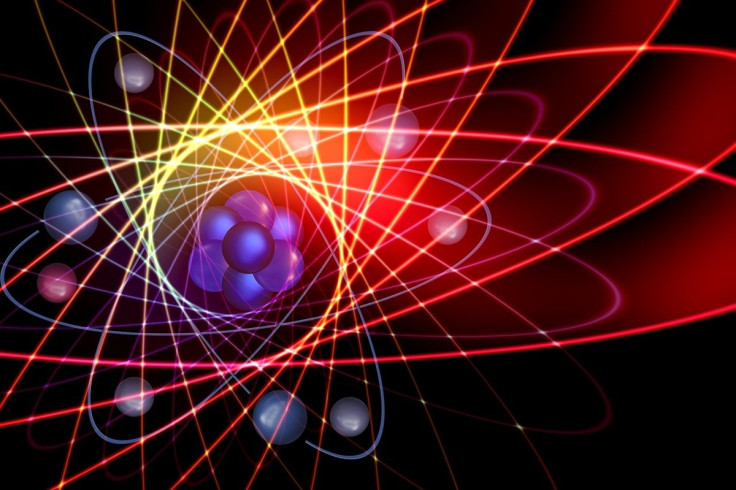Are NS&I Premium Bonds Winners Chosen Via Hidden Algorithm? Experts Say It's Random - Here's Why
ERNIE 5 uses quantum tech to ensure fair NS&I Premium Bonds draws.

Experts in quantum computing and cryptography insist ERNIE 5's light-powered wizardry delivers unassailable true randomness, banishing fears of manipulation in this beloved Bletchley Park legacy.
ERNIE's Evolution: From Post-War Valves to Quantum Precision
Since its debut on 1 November 1956, ERNIE—the Electronic Random Number Indicator Equipment—has powered NS&I Premium Bonds draws, evolving through five generations to ensure fairness in the £1 million jackpots and myriad smaller prizes.
The original ERNIE 1, crafted by Bletchley Park codebreakers, harnessed neon cold-cathode tubes to generate random pulses via thermal noise, producing 50 digits per second for the nascent savings lottery. By the time ERNIE 4 arrived in the 1980s, transistor-based thermal fluctuations accelerated output 500 times, yet retained physical entropy sources to sidestep algorithmic predictability.
ERNIE 5, unveiled on 1 March 2019, marked a quantum leap. A pea-sized chip from ID Quantique harnesses photon behaviour to generate numbers 42.5 times faster than its predecessors. This upgrade handles up to 100 million entries per draw, fuelling the November 2025 Premium Bonds winners frenzy while preserving the scheme's tax-free appeal.
Jennifer Thetford-Kay noted on X, 'On this day in 1956 Premium Bonds first went on sale... with the winning numbers picked at random by... ERNIE'. Such heritage cements ERNIE's role in Britain's savings culture.
On this day in 1956 Premium Bonds first went on sale in Britain with the winning numbers picked at random by a machine with the acronym 'ERNIE' (Electronic Random Number Indicator Equipment). Invented by the legendary code breakers at Bletchley Park, there have now been four… pic.twitter.com/rShl4reLOc
— Jennifer Thetford-Kay (@JenKteach) November 1, 2025
Quantum RNG: ERNIE 5's Shield Against Hidden Algorithms
Sceptics tracking 'ERNIE randomness' trends question if NS&I conceals a pseudo-random number generator (PRNG) akin to software formulas that merely simulate chance. However, ERNIE 5 employs quantum random number generation (QRNG), leveraging light's inherent unpredictability for high-entropy outputs that defy deterministic computation.
Unlike PRNGs, which recycle seeds via maths and risk patterns, QRNG taps quantum indeterminacy—photons' probabilistic paths—yielding bits certified as unpredictable even to quantum adversaries. According to NS&I's 2019 announcement, ERNIE 5 completes draws in 12 minutes, safeguarding the integrity of £100,000 prizes in the latest November 2025 Premium Bonds winners list.
Experts at ID Quantique affirm, 'Quantum Random Number Generation... uses unique properties of quantum physics', rendering hidden algorithms obsolete. This technology, processing 45 times faster than thermal predecessors, ensures every £25 bond has an equal shot, quelling doubts in the £1 million jackpot chase.
True Randomness Debate: Quantum's Edge Over Philosophical Doubts
Philosophers and physicists have long contested if true randomness exists. Classical computers, bound by equations, are said to produce outcomes 'generated by mathematical formulas—and so... cannot be truly random'. ERNIE 5 counters this with quantum mechanics' core tenet: events like photon detection evade prediction, as per Bell's theorem, offering 'perfect randomness... assuming quantum mechanics to be true'.
Sceptics argue that even quantum sources, reliant on measurement, may harbour hidden variables. Yet experiments continue to affirm their unpredictability. In NS&I's case, this bolsters the November 2025 Premium Bonds winners' legitimacy, where 76 winners claimed £100,000 each, with total payouts reaching £103 million.
As physicists Miguel Herrero-Collantes and Juan Carlos Garcia-Escartin explain in Reviews of Modern Physics (2017), 'Quantum random number generation is one of the most mature quantum technologies.' While classical systems rely on fixed formulas to generate numbers, quantum randomness comes from physical processes that resist prediction—making it ideal for secure applications like NS&I's Premium Bonds draws.
© Copyright IBTimes 2025. All rights reserved.



















